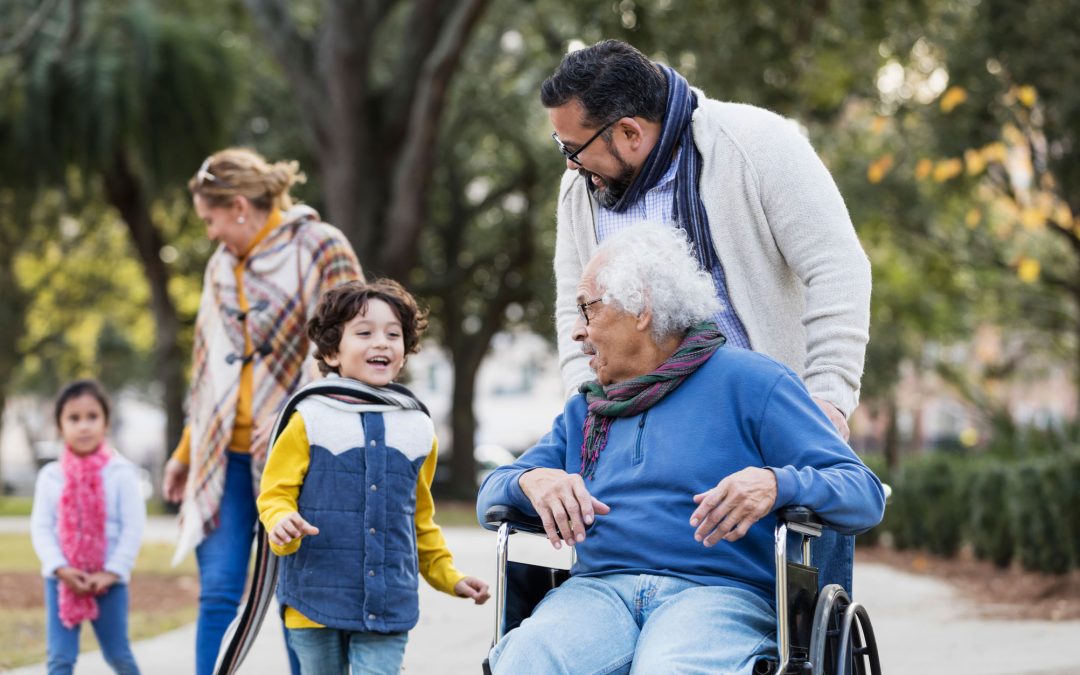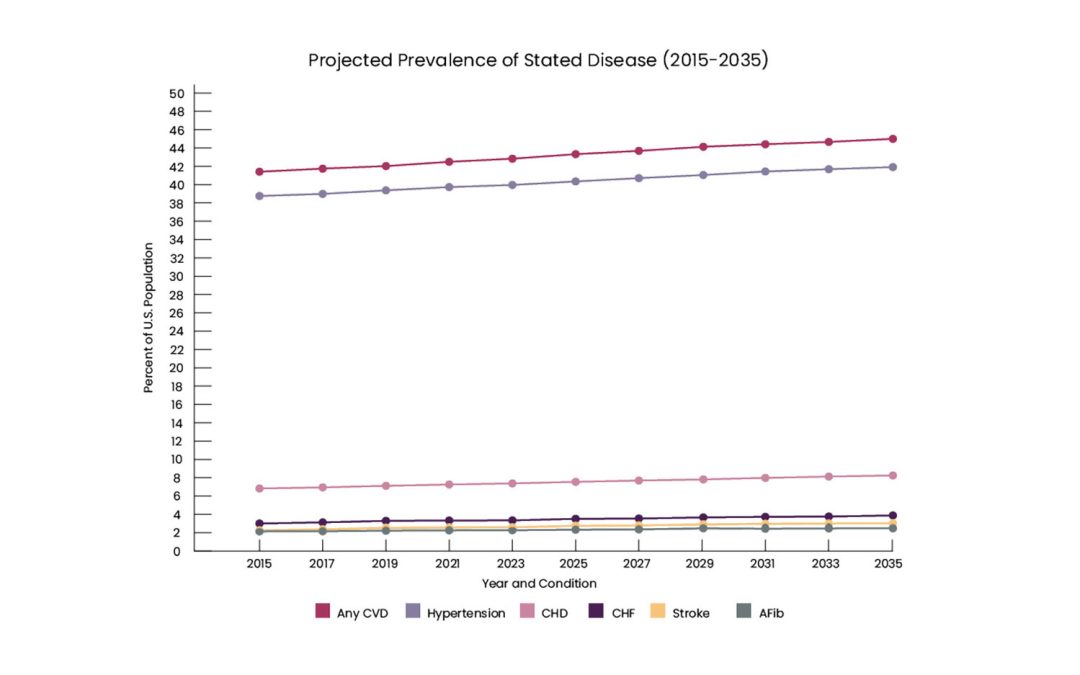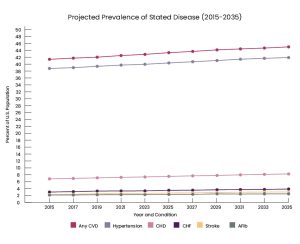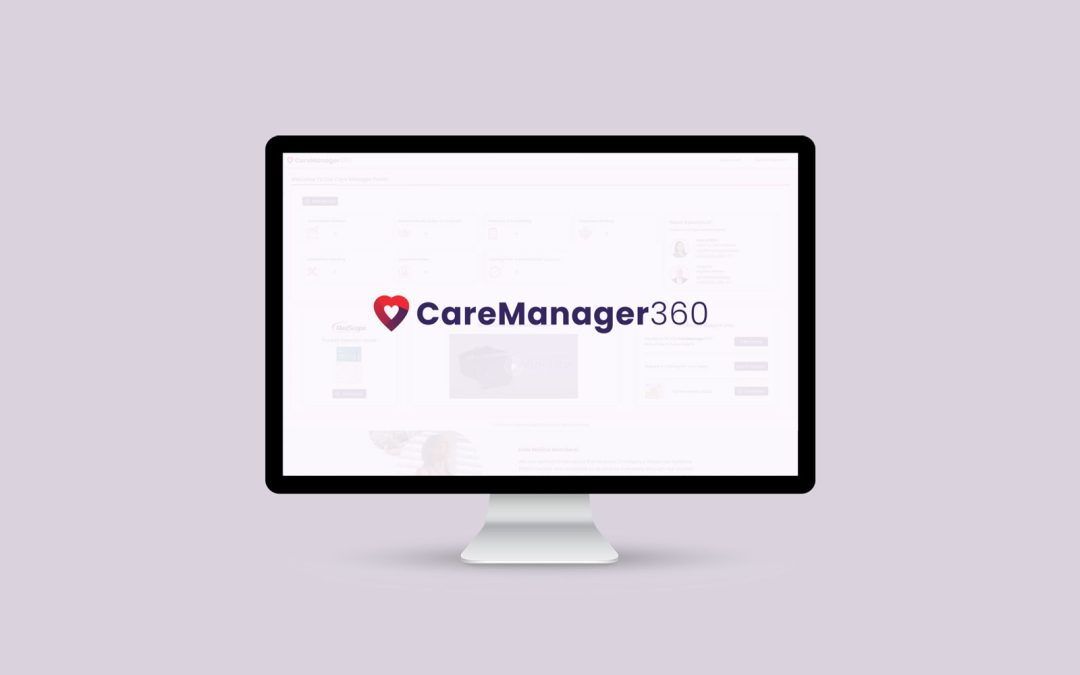
Closing the Gap: Data-Driven Solutions for Minority Health Disparities in Medicaid Chronic Disease Management
Addressing Chronic Disease Management in Medicaid Populations
April is National Minority Health Month, a meaningful opportunity to recognize the importance of equitable care in managing chronic conditions across all communities. For Medicaid case managers, particularly those working with Black and Hispanic populations, chronic diseases like diabetes, hypertension, and asthma present complex challenges—deepened by systemic barriers and social determinants of health (SDoH).
The Reality: Health Disparities in Medicaid Chronic Disease Care
Recent research makes the need for targeted solutions clear:
- Diabetes: Hispanic adults are 1.3x more likely than non-Hispanic white adults to be diagnosed—and 1.2x more likely to die from complications.
- Hypertension: Black Americans are 40% more likely to have high blood pressure, but less likely to achieve control.
- Preventive Care Gaps: Black and Hispanic Medicaid enrollees are 28% less likely to receive recommended services.
- Pandemic Impact: COVID-19 caused a 31% greater decline in preventive visits among minority Medicaid beneficiaries.
These disparities highlight the importance of meeting Medicaid members where they are—with empathy, education, and the right tools.
What Works: Community-Centered Strategies That Make a Difference
- Tailored Education that Resonates
- Ensuring culturally relevant materials go beyond translations, and that they reflect lived experiences, diet, and family dynamics.
- Community Health Workers (CHWs)—especially those from the communities they serve—play a vital role in increasing preventive and chronic care engagement.
- Faith-based programs see stronger participation rates, especially in Black communities.
- Tackling Social Determinants Head-On
- Programs providing non-emergency medical transportation have reduced missed appointments by up to 27% among minority Medicaid members with chronic conditions.
- Food prescription services and food bank partnerships are improving diabetes control.
- Housing support can lower asthma-related emergencies among pediatric Medicaid members.
- Tech That Connects, Not Confuses
- Remote Patient Monitoring (RPM): A 2024 Health Affairs study demonstrated that RPM programs for Medicaid members with hypertension closed racial disparities in blood pressure control by 42% when combined with culturally competent care coordination.
- Programs pairing technology with digital literacy training show higher engagement rates among older minority members with chronic conditions.
- Telehealth-enabled services have decreased readmission rates among Hispanic members with chronic conditions.
- Stronger Community-Clinical Partnerships
- Collaborative networks bring together healthcare providers, social services, and local organizations.
- Community pharmacists increase adherence among Black Medicaid members with multiple chronic conditions.
- Peer support groups empower better self-management behavior among Hispanic members with diabetes.
MedScope’s Comprehensive System for Closing Gaps in Medicaid Care
At MedScope, we believe effective care starts in the community. Our approach combines cultural awareness, personalized outreach, and easy-to-use technology to help Medicaid members take control of their health. We have developed a complete system to help Medicaid case managers reach difficult-to-engage populations and close critical care gaps through a blend of emergency response technology, remote monitoring, and culturally tailored communication.
Emergency Response System (ERS) with Built-In Engagement
- Two-way communication connects case managers directly with members for wellness checks, screenings, and follow-ups.
- AI assistance delivers personalized reminders, health tips, and culturally relevant education.
- Live wellness team support adds a human touch when needed.
Omni-Channel Outreach for Maximum Reach
- Phone, direct mail, email, and in-device messaging—we meet members where they are.
- Engagement strategies are customized by preference, language, and cultural nuances.
Integrated Remote Patient Monitoring
- Condition-specific tools track diabetes, hypertension, COPD, CHF, and more.
- Early alerts notify care teams before problems escalate.
- Interfaces are designed for simplicity and accessibility, regardless of age or tech comfort.
Built for Case Managers. Designed for Equity.
Every part of MedScope’s platform is created to help case managers:
- Reach previously disengaged members.
- Close care gaps with timely interventions.
- Support chronic condition management with personalized education and reminders.
- Identify and address issues before they lead to crises.
We’re committed to helping Medicaid programs deliver care that’s not only equitable, but effective—for every member, in every community.
The Path Forward
National Minority Health reminds us that health equity requires action. For Medicaid case managers, that means implementing strategies that address the unique challenges minority communities face in managing chronic disease.
By combining culturally tailored outreach, strong partnerships, and smart technology, we can make meaningful strides toward better outcomes.
MedScope remains committed to supporting Medicaid case managers with the tools, insights, and partnerships needed to deliver equitable, effective chronic disease management for diverse communities. Our comprehensive system that combines ERS technology, omni-channel outreach, remote monitoring, and analytics provides the infrastructure needed to reach even the most difficult-to-engage Medicaid members and ensure they receive the care they need to manage chronic conditions effectively.
Learn more about MedScope’s Medicaid solutions at medscope.org.






